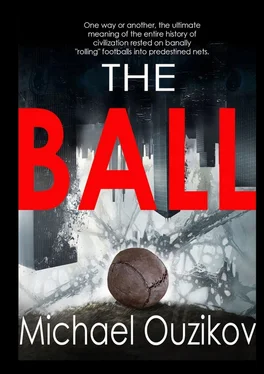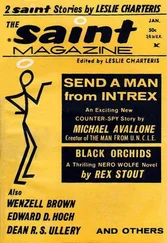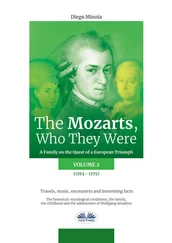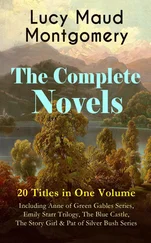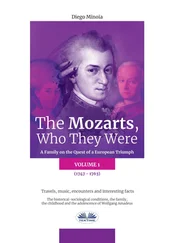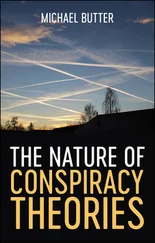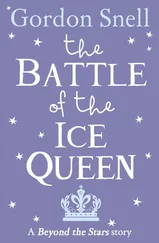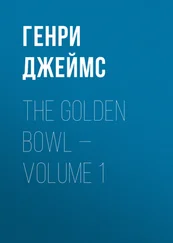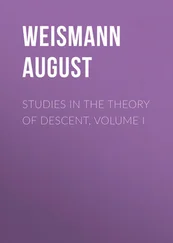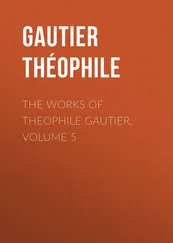1 ...7 8 9 11 12 13 ...19 To: Head of Second Chief Directorate, C/A №174
Lieutenant K.M. Litvinov
Given that the object of our interest, Mr. Tesla, has lived a very secluded lifestyle in recent years, being completely devoid of all public and even friendly contacts, we made several attempts to infiltrate Mr. Tesla’s surroundings as service personnel of the New Yorker Hotel where Mr. Tesla has spent the recent years in solitude. However, we established that Mr. Tesla communicated only with the hotel staff he knew well. In their absence, his breakfast, lunch, and dinner were delivered to his room personally by the hotel manager.
On January 7 at 6:47 a.m., we successfully entered Mr. Tesla’s room (No. 3327) in the guise of stokers and chimney cleaners. In the evening of January 6, we were able to block the chimney of room no. 3327 from the roof, and through Mr. Colin, the concierge whom we bribed, we were invited as the repair team «J. Jameson & Co.» to examine and fix the chimney.
We decided in the first place to copy the archive and only then, being sure that we possess all necessary documentation, to try to persuade Mr. Tesla to cooperate. We established the location of the safe beforehand thanks to the concierge. The complexity of the lock did not present any problems.
We repeatedly asked Mr. Tesla to temporarily leave the premises, for a half hour at most, for the length of the «repairs» (so we could open the safe and copy the documents in his absence). Mr. Tesla was wearing a brand new, expensive black suit despite the early morning hours. He also wore a tie, as if going to a business meeting. However, Mr. Tesla refused to leave the room, seemingly suspecting something. He even wanted to call the hotel staff to get rid of us.
In lieu of the situation, we used force to neutralize him for a moment. Mr. Tesla showed remarkable resistance for his age. At one point during the ensuing battle, realizing the hopelessness of the situation, Mr. Tesla consumed an unknown chemical drug, a small piece of material that he pulled off from a porous black cube. He always held this object, a black dice, in his hands. (Attached is a 2x2x2 mm sample taken from the original for chemical analysis – it is sent to P.A. Sudoplatov at the NKVD 7 7 The NKVD (People’s Commissariat for Internal Affairs) was the Soviet Communist Party’s law enforcement agency from 1934 to 1946.
Laboratory, 5th Section of the 9th Department of the Chief Directorate of State Security).
Mr. Tesla’s death was instantaneous. We moved his body to the sofa in the living room and folded his hands on his chest to give the impression of self-poisoning, or suicide by sleeping pills. All evidence of struggle was thoroughly destroyed, including traces of cracking the safe, fingerprints and so on.
We successfully opened the safe and photocopied the documents. By the instructions of the Second Chief Directorate, all technical documentation containing the data for the production of «super energy» was destroyed (burned in the fireplace). Only original documents of a philosophical and aesthetic character, which do not represent any intelligence value, were left in the safe. Copies of the documents are attached.
ADDITIONAL INFORMATION
At the moment we left the room, we noted that Mr. Tesla’s body acquired some very strange physical properties. It became unusually heavy, as if the corpse turned into a metallic, steel statue. Also, at a distance of 1—2 cm, Mr. Tesla’s entire body was covered by a thin, bright-green translucent layer, which disappeared immediately upon touching it.
NKGB First Lieutenant A.T. Ivasenko
The suicide version of Mr. Tesla’s death is adopted as the main and official one. The photocopied documents have been interpreted at our 6th Special Department of the Soviet Embassy in Washington. The photocopies are attached. The translation is attached. As evidence of the adoption of the main version of Mr. Tesla’s death without aggravating circumstances, the translation of an article from The New York Times on January 13, 1943 is attached.
EDITORIAL: The Death of Tesla
Nikola Tesla, one of the world’s greatest and most controversial scientists, died on January 7 in New York at the age of 86. What do we know about Dr. Tesla? We know plenty. And we know nothing at all.
Tesla believed that the universe is a living system, and that all human beings in it are machines that behave according to the laws of space. He believed that the human brain does not have imaginative memory as commonly thought, but that memory is only the reaction of nerves to a repetitive external stimulus that is generated by periodic physical effects. More importantly, Tesla did not consider his over one-thousand inventions as a work of merit. He saw himself as no more than a conductor of science between the world of ideas and the world of human practice.
Many of Tesla’s experiments were backed by long-deceased financier J. Pierpont Morgan, but Tesla did not bring them all to completion. Tesla teased us with cryptic phrases that he dropped on occasion and that were readily adopted by newspapers (including ours) as unequivocal proof of his connection with another world. Tesla lived during a mania for invention. Sometimes it seemed as if he barely needed to strain his mind to conceive a brilliant idea that would bestow benefit to all of humanity. Likewise, many potential investors imagine the activity of scientists in the same way. They are willing to pay to implement completed inventions, but do not tend to finance long-term experiments. During a purported meeting at the Grand Hotel in 1890, Tesla convinced billionaire Morgan to sponsor the construction of his laboratory on Long Island.
Tesla convinced Morgan that he knew how to transmit immense amounts of energy for a considerable distance without wires. Did Tesla really know or only think he knew? No one had managed to achieve this feat to date. Morgan decided that Tesla’s objective was worthy of his investment and that the greatest invention of the century would be in his hands. With Morgan’s funding, Tesla built the Wardenclyffe Tower, which generated strong, green electric discharges. The lightning that emitted from the tower scared local townsfolk to death. After Tesla failed to achieve his stated objective, Morgan stopped further financing and publicly denounced Tesla as a «magician.»
However, our newspaper has information that the scientist and the financier continued to meet in secret. Both parties can be blamed for their public fallout and end of cooperation. Morgan did not understand that science does not always produce immediate profit. Tesla placed too much trust in his own brilliant intuition. Their public split may have been only an appearance, a cover for a much deeper relationship.
Tesla did not lack ideas and theories, but he was inclined to attribute all results of his experiments to his mind, regardless of success. For instance, he believed that his experiments with electricity caused storms in the Indian Ocean, for which there could not be any evidence. The scientist’s boundless faith in his own ideas misled him more than once. He claimed to have invented a «death beam» that could destroy a warship at a distance of 250 miles. However, the radiator he built could not even cause serious harm to laboratory animals. We became aware that Tesla, despite his advanced age, actively cooperated with the U.S. military-industrial complex. Still, he maintained the image of a misunderstood genius, being able to attract the general public’s attention no less than a bearded woman in a circus.
Doctors concluded that Tesla died of acute heart failure. His death itself is seen as an expression of his personal triumph – more a conscious reincarnation to a different plane of existence rather than a death of an ordinary man, embarrassed and frightened in the face of self-liberation. Two days before his death, Tesla stopped working and locked himself in a room of the New Yorker Hotel, asking not to be disturbed. The day before his death, the hotel room’s fireplace stopped working. The chimney was repaired by a crew of two immigrant workers. They were apparently the last people to see Tesla alive. Our newspaper tried to find these people, but to no avail. According to our information, the New York Police Department is not looking for these people and there is no evidence of an unnatural cause of death.
Читать дальше
